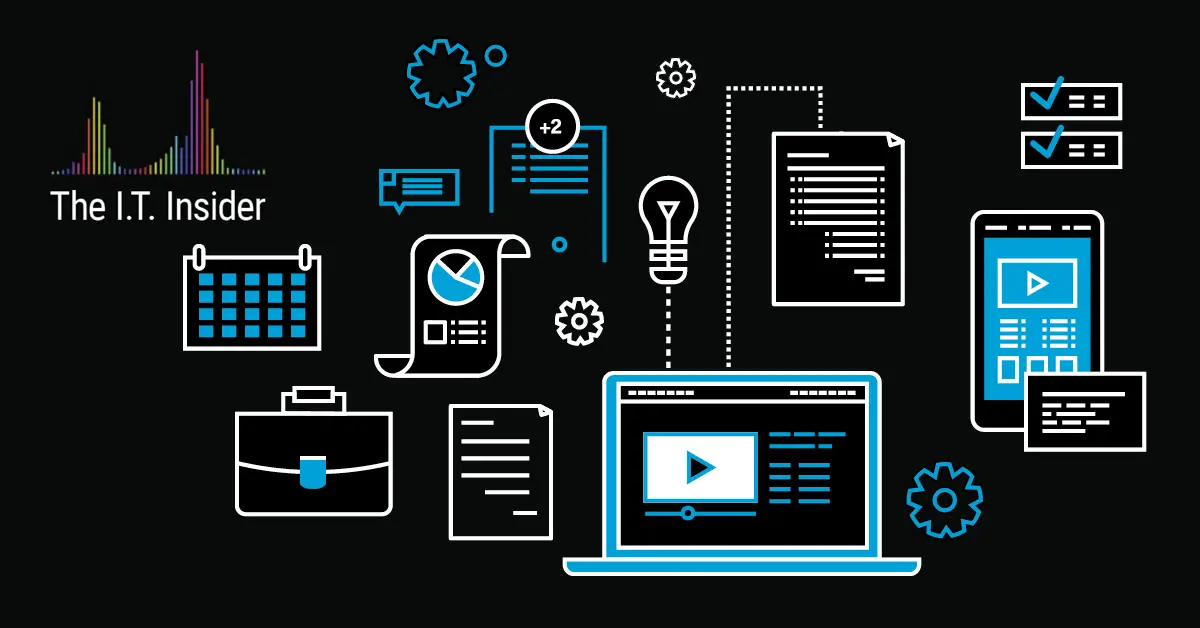
How enterprises are integrating engineering data in the age of increasing product complexity
Added Friday 27 March 2020 by Persistent
As we move into the next decade, everyday products are becoming smarter and more software-driven. Products are generating massive amounts of data and are increasingly interconnected through networks and protocols. Data flows endlessly and the operating software is frequently patched and updated through regular push notifications. Yet just as the products are changing, so too is the process of design and engineering. Once siloed product development disciplines are rapidly changing – morphing – and causing people, process, and technology to evolve in new ways.
Only fifteen years ago your car had just a few lines of software code. Yet things have changed. Car braking – which was once purely mechanical – is now done electronically with software. Your car today has around 100 million lines of code and as we move towards autonomous driving that figure will quadruple. Cars are increasingly complex digital systems on wheels. Given this complexity, the fallout of not marrying software engineering with product engineering would be catastrophic. The evolution is forcing the engineering discipline to change with product engineers now incorporating systems integration into their products so that the physical components of the car come together with the software to deliver engineering excellence combined with road safety.
Enabling Enterprise Integration of Engineering Data
Increasingly, product development organisations excel when they are able to link software and product engineering data and processes. This may sound easy, but it requires seamlessly integrated solutions that account for everything. Every updated requirement. Every new design. Every design update. Engineers require a single source of truth – or traceability – across their data. Without this consistency it becomes difficult to keep requirements, new designs, or changes consistent. Changes must be made instantaneously and automatically across systems even when the data is located in multiple places.
Why is this so important? True data continuity means faster time-to-market with new products, reduced costs due to rework and redesign, and fewer catastrophic errors and safety issues.
The problem gets even worse when multiple engineering disciplines are involved. If left unaddressed, silos will emerge when products integrate mechanical components, electronics, and embedded software. Each discipline will have its own tools tailored for that discipline and separate data storage.
The Persistent Response
While many companies realize a single source of truth is ideal, they often do not believe it is feasible for their business. They may fear “ripping and replacing” existing tooling to get on to consistent versions. They may not want to change existing workflows. Persistent’s UNITE product provides an answer. In the same way that Google indexes items, UNITE bridges the gap between application lifecycle management (ALM) and product lifecycle management (PLM) tools. It brings software and components together without any replication of data which means that engineers are more likely to get the product development process right first time, with fewer recalls, while delivering a cost-effective product. Safety is also ensured as there is less chance of sync error and old versions of data being used in production.
UNITE is a best of breed solution that brings all components into one place. It is built to OSLC (open standards) which means that the technology isn’t proprietary, and it easily integrates with other applications. Persistent is a reseller of IBM’s ELM (Engineering Lifecycle Management, formerly IBM Continuous Engineering portfolio, including Rational DOORS RQM etc ) as well as a leading PLM platform but UNITE takes a further step towards the creation of a single ALM and PLM discipline as well as acknowledging that Jira and GitHub integration is pivotal to systems management in a digital age.
Introducing the new Supercharging Engineering multi-part webinar series. Join Persistent Systems & IBM technical leaders as they walk through many important topics within the systems engineering space. These include;
- IBM EM 7.0 (‘What’s New’ and ‘What’s Next’)
- Integration (Jira, Git, OSLC, ALM + PLM)
- Industry Compliance (Automotive, Aerospace & Defence, Healthcare)
Register for the Upcoming Episodes:
- IBM ELM Health check and Upgrade
- Q&A: What’s next for Systems Engineering with IBM’s Dibbe Edwards and Persistent’s Jiani Zhang
or View the Full Supercharging Engineering Series or Replay Past Episodes here.
Further Resources Available:
More Information
If you’d like hear more about this, please complete the form below:
